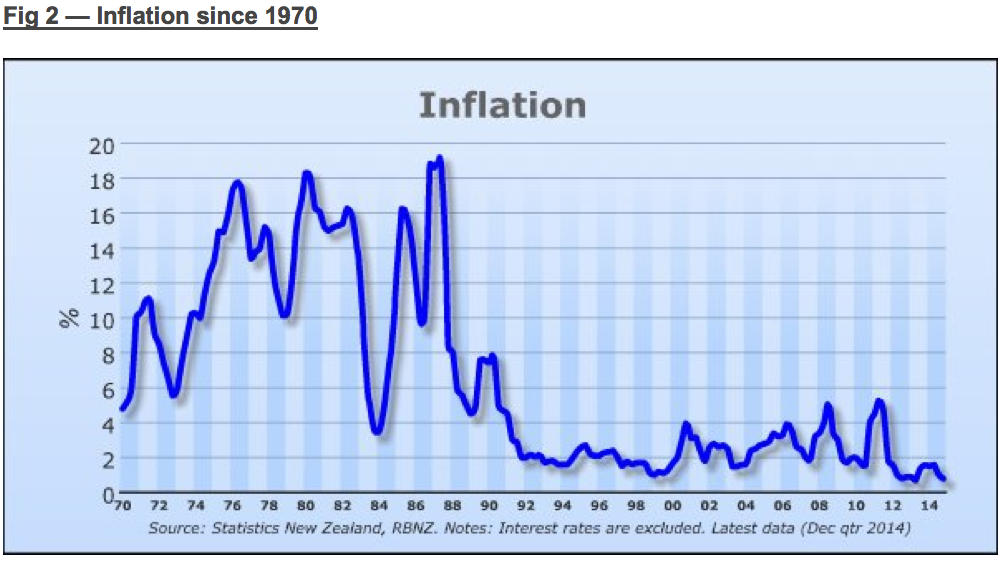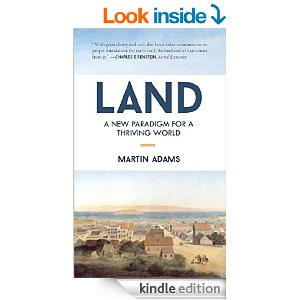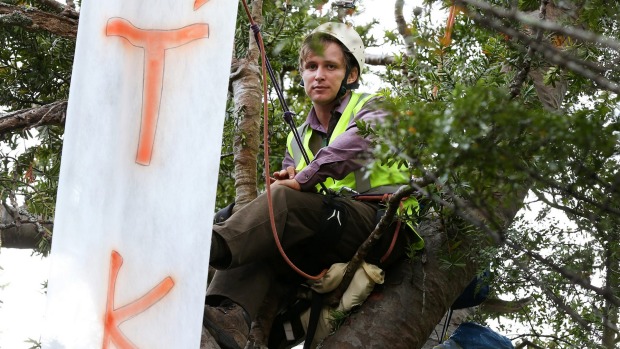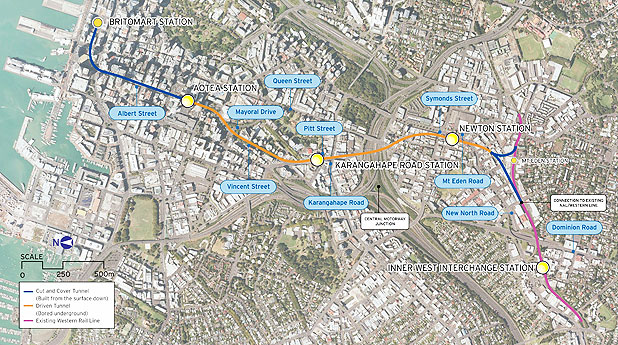The combination of allowing banks to create money interest bearing debt, together with a land tenure system that allows people to profit from rising land values have led to growing debt, a built-in growth imperative, inequality and a never ending series of boom-busts. Both the issues of land and money need to be addressed, especially in the light of the climate emergency and the growing inequality we live with.
In our search to design an economy that isn’t at war with the planet – one that doesn’t write in forced economic growth or widen the gap between rich and poor – we have opted to combine basic income, monetary reform, governance reform and tax reform (the latter closely related to land tenure reform). We want a world where everyone has a fair share of our common wealth. We want to replace the extractive model that is killing our habitat with one that is life-friendly.
While addressing these reforms together is a huge challenge, we know for our climate’s sake we must succeed. In reforming the system we know we can’t afford to shock the economy. So we need incremental change of some sort and must look to nature for guidance about design.
We realised early on that imposing a land tax alone was politically well nigh impossible, even at half a percent. Raising it to the a full land rental level would be just as hard. That sort of incremental change would not be possible.
Objections for instance to charging a full rent for monopoly use of land include:-
a. The banks would block it. They hold the power because they issue mortgages backed by land.
b. The public wouldn’t like it because the market value of their property would decline. This is unacceptable especially to those with big mortgages.
c. Property owners would argue they already pay rates and a mortgage so why should they have to pay a third time?
We realised early on that reforming the money system by spending money into existence to build infrastructure would result in rising land values for those with properties served by that infrastructure – be it rail, schools or ports. It would be difficult to control land inflation and therefore to halt the march to further inequality. The rich would also buy up patents and any natural monopoly they could get their hands on.
Funding a full Basic Income is also a considerable challenge. An extremely large sum is needed, even when the net public expenditure is calculated.
During the summer of 2001-12 Deirdre had had a series of Skype calls with a Cambridge academic, the late Dr Adrian Wrigley. His solution was for the Treasury to pay off the mortgage and for a full land rental to be paid. The property would then have a covenant on it requiring owners to pay a full land rental to Treasury. No rates would then be payable. If the property was sold, the next owner would still have to pay that rental.
We only wanted the land to be bought/paid for, not the whole mortgage, so we changed it to that.
We soon learnt that using the preferred “covenant” idea was hard to explain to the public so we reluctantly dropped it in favour of publicly owned leasehold land. However we started with a centralised model of public ownership and remained with that for almost 2 years. All the time we were a uneasy about land being owned by any agency of central government.
Adrian never talked of a parallel currency. It was our idea to have one. We thought the current system is so badly messed up we had to start again, and believe that this was also the way not to shock the economy.
We knew a lot of land is overvalued and although we recommended buying land at market value, we know this isn’t the total solution.
So we recommended designing a second parallel (and competing) national currency, and link it from the start to completely new tax laws. After all no public budget would ever stretch to paying for such a large quantity of land, no matter how slowly it was acquired. Treasury, not the Reserve Bank, would issue Treasury Notes to buy up land. We happily adopted Adrian’s excellent idea of having a Land Rental Index for each area and adjusting the rental each year accordingly. Only the land value needs assessing not the improvements, so that is easy. And you only need a sample of properties in each general area. Land rentals are valued each year and the index suitably adjusted.
Parity with the land dollar with NZ dollar became a hot topic of debate. After discussion we eventually said “issue it at par, redeem it at par and let it float in between.” The new currency would be valued by those who wanted to employ labour without tax or buy goods without sales tax.
The name of new currency changed many times – Tradeable Tax Credit, Treasury Note, Zeal and finally the Land Dollar. (We also went through a short stage of recommending Rates Vouchers for both Auckland and Christchurch.)
Then, in mid year 2014 we suddenly realised it didn’t have to be issued by Treasury at all. Eureka! It could be issued by Community Boards and the revenue could be shared by other levels of government and eventually flow to central Government. We said ‘turn the funding model upside down, replace centralisation with a model where decisions are made across the whole economy. Restore local democracy’. We gave a great deal of power to the local level of government – currency creation power, land buying power (compulsory where applicable), and revenue gathering power.
In this model the Community Board or its elected equivalent “owned” more and more land – a more politically acceptable solution. The local committee must have on it, by right, one or two representative from the local iwi or hapu grouping, who would have veto power over any decision to buy land, thus avoiding potentially sensitive land. Land would effectively go into a Community Land Trust. In this way land could be gradually taken out of the market place and the people who decide which land to choose would be answerable to the locals. (Adrian had hoped the land buying could all be done voluntarily to avoid legislation. Some will no doubt come in voluntarily)
A whole raft of tax laws applying to transactions using the new currency (the Land Dollar) would have to be passed right at the beginning. These would include all taxes on the rights to the use of natural monopolies. Natural monopolies are the rights to land, water, airwaves, minerals, fisheries, patents, domain names, hydro-electric power generation and supply, any public utility such as a port, airport or the monopolistic rights to reticulate wires, pipes, rails, roads and the like: the right to use water, air, land or the biosphere to absorb waste.
So what does the policy say now?
Our party wants to restore the concept of sharing the values of the commons, have a money system that doesn’t build in increasing debt and the need for competitive behaviour. We want to distribute the rent from use of the commons to all NZ citizens over one year old as a regular Citizens Dividend.
A new national currency the Land Dollar is to be slowly spent into existence at Community Board level to buy up land. No rates would be payable for those whose land is community owned. A local land committee would give local hapu/iwi veto power over decisions as some land may be sensitive even after Treaty settlements. The rent from the land would be shared with other levels of Government and as a Citizens Dividend – using participatory budgeting as there would be many simultaneous claims. Inflation would be controlled by a network of committees at different levels working with Treasury and Reserve Bank.
Transactions using the land dollar would attract no income tax, GST or corporate tax. But a whole set of different taxes is needed. This is because it must not be spent to plunder the earth, deplete resources, subtract from the social or cultural capital or pollute the water, air or biosphere. That means a full carbon tax for example.
For any currency to be effective as a means of exchange there has to be a circulation incentive built in. Adrian Wrigley suggested that rather than having a financial penalty built in for hoarding as recommended by Silvio Gesell, to make it easier each note should be issued with an expiry date.
The electronic version when received by Treasury would be refreshed and redated before issuing it as a Citizens Dividend. All citizens would receive it. Where there were dependents, the designated carer would receive it, thus changing the economic status of carers. In time this dividend would rise to a basic income, allowing a huge range of inventions and options for people who have been in unsatisfying jobs but have a passion or a hobby they want to pursue. Entrpreneurism would flourish – much needed in a post carbon age.
There are many unresolved issues. The property owner that has land bought with the new currency will have $100,000 plus to spend. Trades with the land dollar will not attract GST, income tax or company tax. We need actual examples, but believe a lot of it will be spent on labour to upgrade their homes or on the development of their small business.
We invite alternative solutions
This policy has been derived by discussing with a range of people at and between meetings and it has been largely driven by Deirdre, who has received feedback from meetings in Christchurch, Otaki, Wellington, Motueka, and two at huis held by the Living Economies Educational Trust hui. We are also aware there are some big issues we have not yet tackled, like the issue of Maori land. Our solution, we emphasise, is one solution. If you have another, please let us know!!
April 2015





